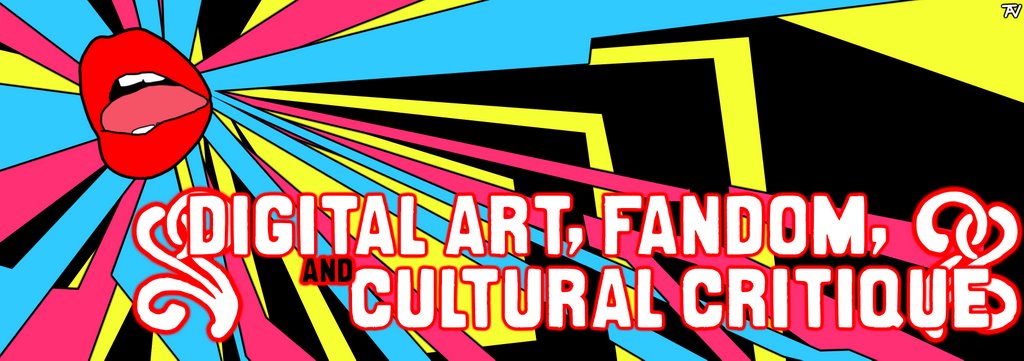
Art, while commonly attributed to the creation of aesthetic objects, has almost always contained within itself some form of critique: as Tom Porett writes, ‘[art] is intimately linked to the zeitgeist as it gives expression to, or reflection of those deep cultural currents that shape every age’ (Porett, 32). From Marcel Duchamp’s controversial readymade art, such as the Fountain, to Andy Warhol’s use of celebrity images and the mass-produced, to the traditionalist obsession with Truth and Beauty, art has always provided a commentary of our culture. Digital art is no different, and its advent and growth marks a sharp development in the ability for people to express individual opinions and outlooks on the functions of society and the cultures in which we live. Digital art ultimately represents ‘nothing less than a renaissance of relevance and participation’ in the arts (Porett, 33).
But with such a massive pool of digital artworks circulating on the internet, from digitally-altered photography and pseudo-paintings to computer-generated fractals and game-related work, it is beyond the scope of this essay to definitively discuss the cultural impact of digital art in its entirety. Accordingly, this essay will concern itself primarily with digital art developed by fan communities, and thereby investigate issues of copyright and digital economy as well as fan art’s dubious status as art, and its ability – if any – to critique culture in this day and age. In looking to the cultural aspect of fan art, this essay will examine both fan art’s holistic implications for culture, as well as the possible meanings of a noticeable and documented homoerotic theme in fan art, particularly in those fan communities centred around anime and manga.
This essay is necessarily limited in its appreciation of digital art, as mentioned above, but is also circumscribed in several other ways. Not only does the essay focus on fan art, and thereby exclude various other forms of digital art, but it also does not look at the full scope of fans’ artistic creations, particularly music and fan fiction. Instead, this essay views art in a visual context by analysing only pictures and videos created by fans. Admittedly, this eliminates a possible discussion of, among other things, the growth of multimedia hybrid forms of art and the use of the internet as a medium by and of itself. Nevertheless, these limitations provide for fuller discussion of particular aspects of digital art, and the debates that grow around it.
But with such a massive pool of digital artworks circulating on the internet, from digitally-altered photography and pseudo-paintings to computer-generated fractals and game-related work, it is beyond the scope of this essay to definitively discuss the cultural impact of digital art in its entirety. Accordingly, this essay will concern itself primarily with digital art developed by fan communities, and thereby investigate issues of copyright and digital economy as well as fan art’s dubious status as art, and its ability – if any – to critique culture in this day and age. In looking to the cultural aspect of fan art, this essay will examine both fan art’s holistic implications for culture, as well as the possible meanings of a noticeable and documented homoerotic theme in fan art, particularly in those fan communities centred around anime and manga.
This essay is necessarily limited in its appreciation of digital art, as mentioned above, but is also circumscribed in several other ways. Not only does the essay focus on fan art, and thereby exclude various other forms of digital art, but it also does not look at the full scope of fans’ artistic creations, particularly music and fan fiction. Instead, this essay views art in a visual context by analysing only pictures and videos created by fans. Admittedly, this eliminates a possible discussion of, among other things, the growth of multimedia hybrid forms of art and the use of the internet as a medium by and of itself. Nevertheless, these limitations provide for fuller discussion of particular aspects of digital art, and the debates that grow around it.











